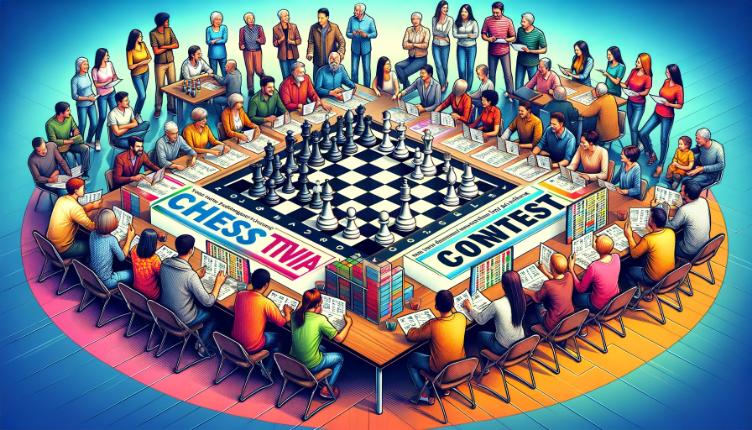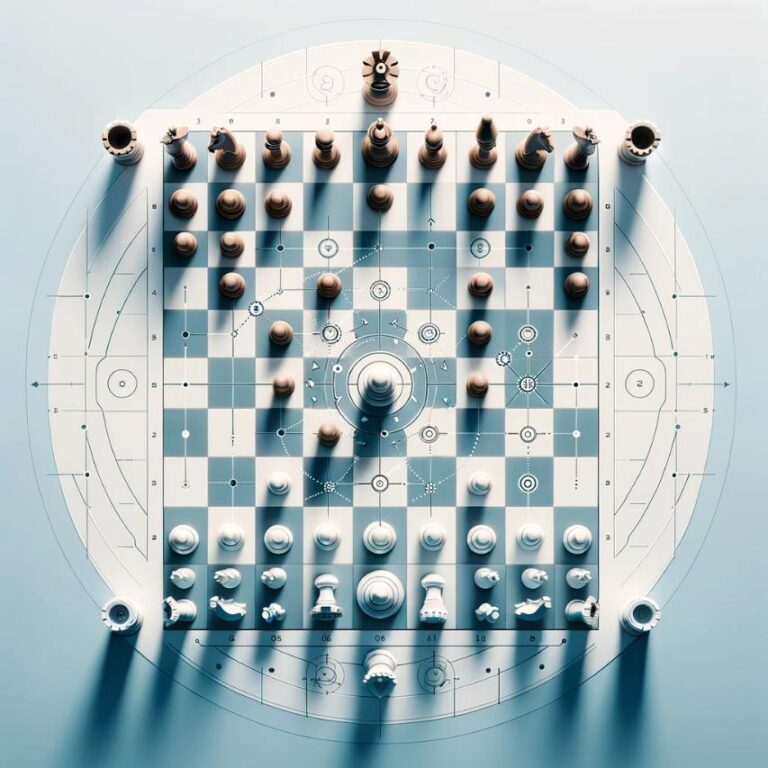The Concept of Stalemate in Chess
In the game of chess, stalemate refers to a situation where one player has no legal moves available, but is not in check. This results in a draw, as the player is not technically in a losing position, but also does not have the ability to continue the game. Stalemate is a common occurrence in chess, and can often lead to frustration for players. In this article, we will explore the strategies and tips to avoid getting into a stalemate situation in chess.
The Importance of Avoiding Stalemate
Stalemate may seem like a benign result in chess, as it does not result in a win or loss for either player. However, it is important to avoid getting into a stalemate situation for several reasons. Firstly, a stalemate can occur in a game where one player has a significant advantage over the other, potentially leading to a missed opportunity for a win. Secondly, stalemates can lead to a loss of momentum and morale for the player who was in a winning position but now has to settle for a draw. Lastly, since stalemate is considered a draw in chess, it does not count towards a player´s overall rating or record, making it a less desirable outcome.
Tips for Avoiding Stalemate
1. Keep an eye on your opponent´s pieces: One of the most effective ways to avoid a stalemate is to constantly keep track of your opponent´s pieces. By being aware of where their pieces are and what moves they are likely to make, you can anticipate and avoid situations where they could potentially lead to a stalemate.
3. Don´t trade all of your pieces: Trading pieces is a common tactic in chess, but it can also be dangerous. In some cases, trading too many pieces can leave you with not enough material to force a win, and could potentially lead to a stalemate situation. Be mindful of the number of pieces you have on the board and try to keep a balance between attacking and defending.
5. Take risks: While being cautious and planning ahead is important in avoiding stalemate, sometimes you have to take calculated risks to keep the game moving. This could mean sacrificing a piece or creating an open avenue for your opponent to attack, but it can also lead to opportunities for you to break out of a stalemate situation and gain an advantage.
Strategies to Avoid Stalemate
1. Develop your pieces: Development is a key strategy in chess and refers to the process of getting your pieces out of their starting positions and into active positions on the board. By developing your pieces, you create more options for yourself, making it less likely to get into a stalemate situation.
3. Keep the game dynamic: Stalemate often occurs when the game becomes stagnant, and no progress is being made by either player. To avoid this, keep the game dynamic by constantly looking for attacking opportunities and keeping your opponent on their toes. This will make it harder for your opponent to trap your pieces and lead to a stalemate.
In conclusion, avoiding stalemate in chess is crucial for maintaining control of the game and not missing out on potential wins. By utilizing these strategies and tips, you can improve your chances of avoiding stalemate and become a stronger and more successful chess player.







